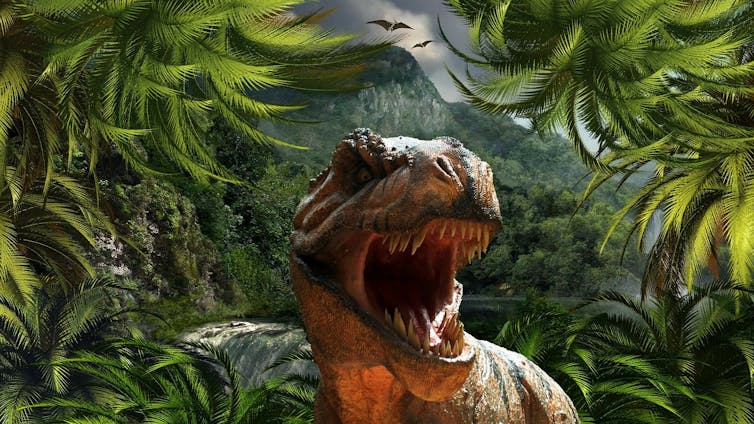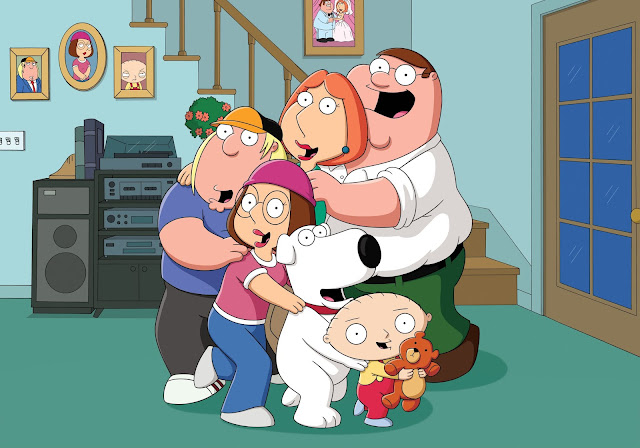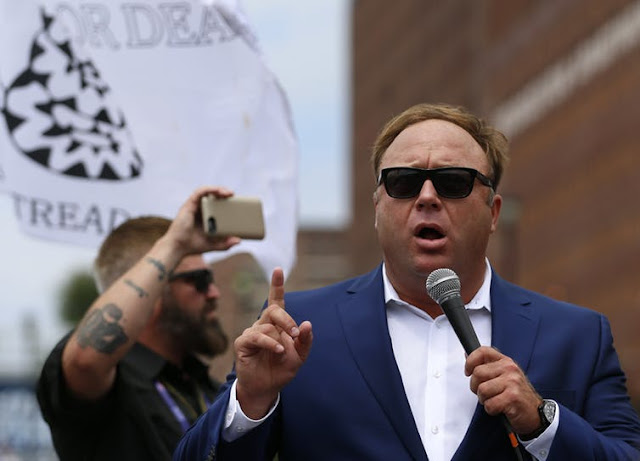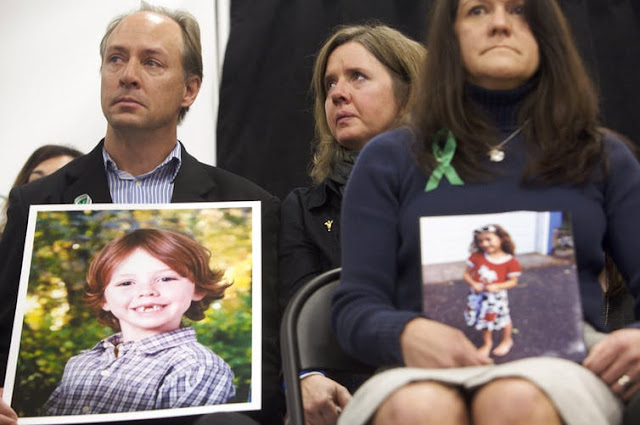 |
"Spider-Man: Into the Spider-Verse" - Poster
|
⏩ The film will be released in theaters nationwide on December 14, 2018.
Jake Johnson is joining the cast as Miles' reluctant mentor, Peter Parker, with Liev Schreiber playing the larger-than-life crime lord Kingpin, Hailee Steinfeld playing the spunky, free-spirited Spider-Gwen, Oscar winner Mahershala Ali as Miles' influential uncle Aaron, Brian Tyree Henry playing Miles' father Jefferson, Luna Lauren Velez as Miles' mother Rio, and Lily Tomlin as Aunt May.
 |
| Peter Parker serves as Miles Morales' reluctant mentor in "Spider-Man: Into the Spider-Verse" |
Commenting on the announcement, producers Phil Lord and Christopher Millersaid, "We are lucky to have such an amazing cast of funny, genuine creative souls to populate the Spider-verse. They have generous minds and great big hearts. And they have very talented throats. Which is where their delightful voices come from."
Lord and Miller continued: "We can't wait for the world to see Miles Morales on the big screen. He's such a fun and exciting new character, and telling his story through a revolutionary visual style makes for a totally fresh cinematic experience that, if we may say so, is freaking amazing."
The Trailer:
Phil Lord and Christopher Miller, the creative minds behind The Lego Movie and 21 Jump Street, bring their unique talents to a fresh vision of a different Spider-Man Universe, with a groundbreaking visual style that's the first of its kind. Spider-Man: Into the Spider-Verse introduces Brooklyn teen Miles Morales, and the limitless possibilities of the Spider-Verse, where more than one can wear the mask.
 |
| Hailee Steinfeld voices the role of Spider-Gwen in "Spider-Man: Into the Spider-Verse." |
 |
Shameik Moore voices the role of Miles Morales in "Spider-Man: Into the Spider-Verse."
|
SOURCE: Sony Pictures Animation



































